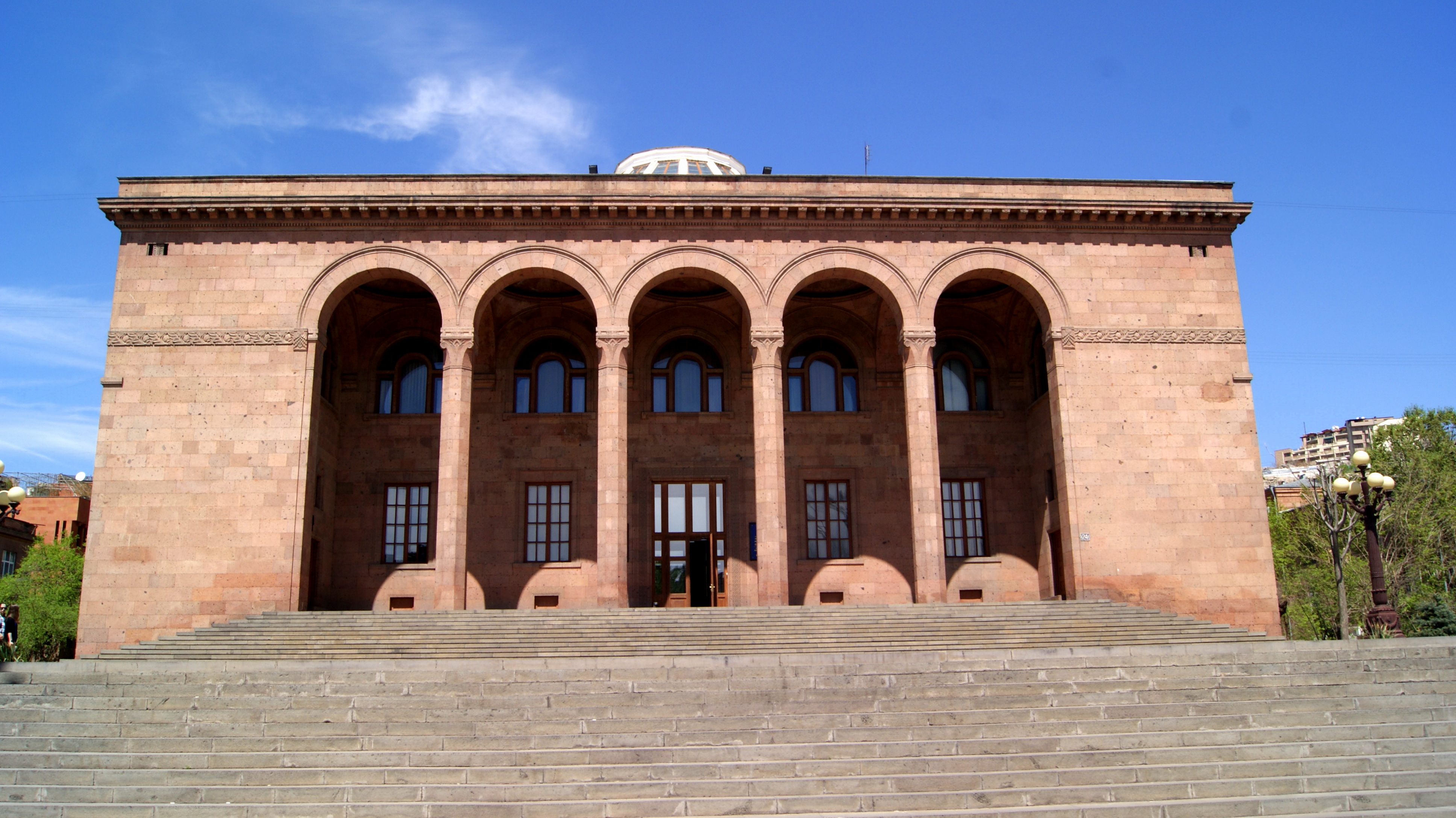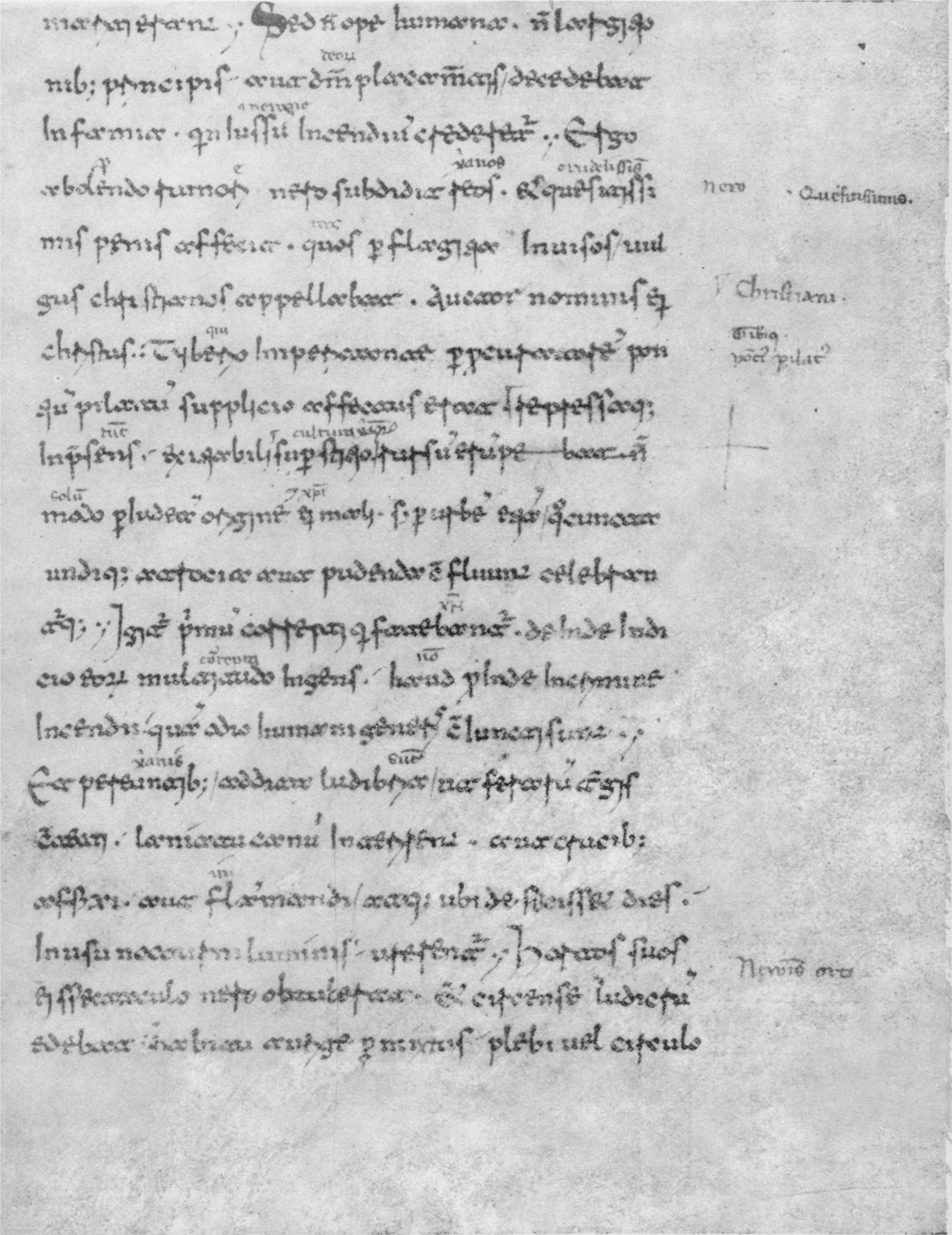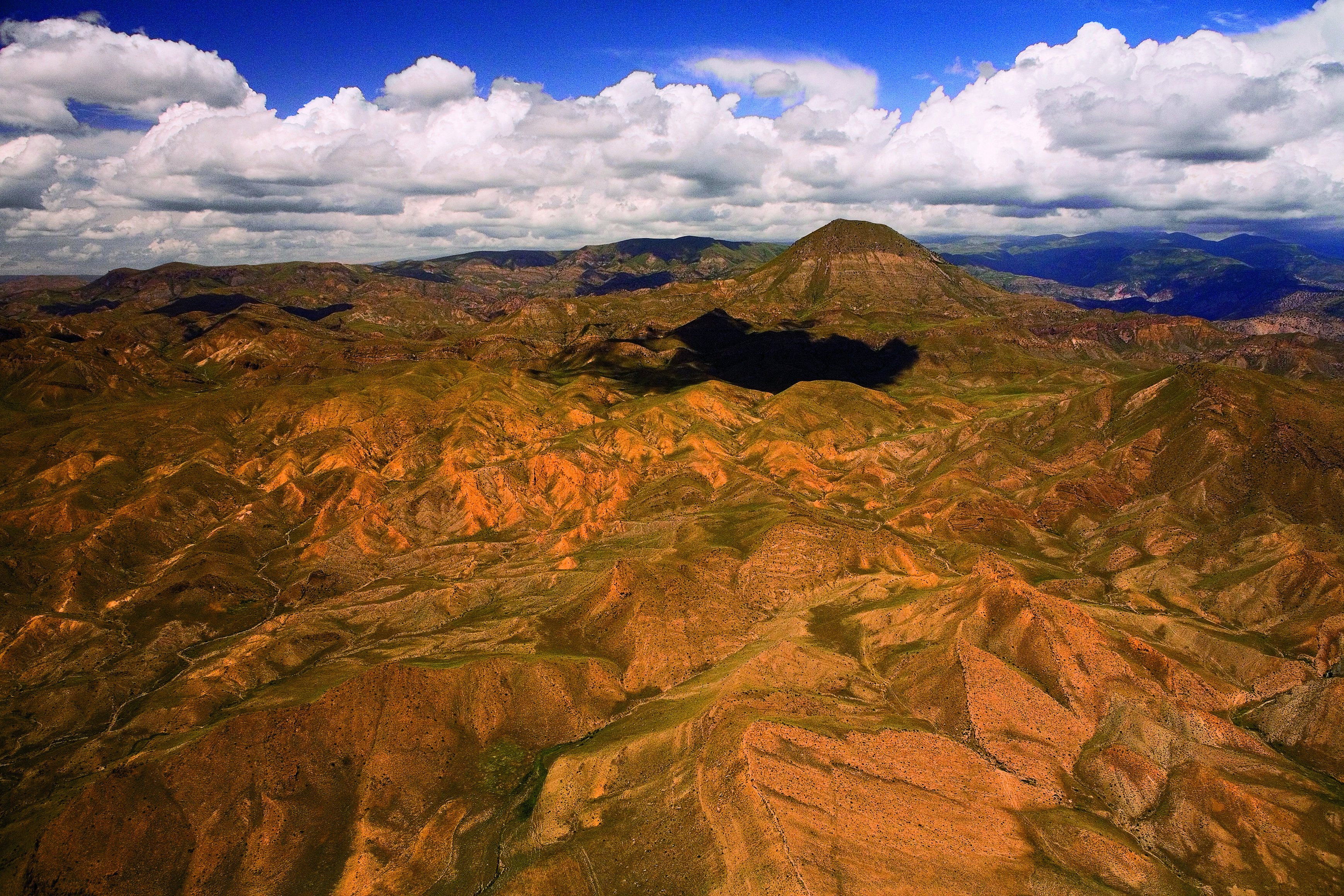|
Temple Of Garni
The Temple of Garni ( hy, Գառնիի տաճար, ''Gaṙnii tačar'') is the only standing Greco-Roman colonnaded building in Armenia and the former Soviet Union. Built in the Ionic order, it is located in the village of Garni, in central Armenia. It is the best-known structure and symbol of pre-Christian Armenia. The structure was probably built by king Tiridates I in the first century AD as a temple to the sun god Mihr. After Armenia's conversion to Christianity in the early fourth century, it was converted into a royal summer house of Khosrovidukht, the sister of Tiridates III. According to some scholars it was not a temple but a tomb and thus survived the destruction of pagan structures. It collapsed in a 1679 earthquake. Renewed interest in the 19th century led to excavations at the site in early and mid-20th century, and its eventual reconstruction between 1969 and 1975, using the anastylosis method. It is one of the main tourist attractions in Armenia and the cen ... [...More Info...] [...Related Items...] OR: [Wikipedia] [Google] [Baidu] |
Protected Area
Protected areas or conservation areas are locations which receive protection because of their recognized natural, ecological or cultural values. There are several kinds of protected areas, which vary by level of protection depending on the enabling laws of each country or the regulations of the international organizations involved. Generally speaking though, protected areas are understood to be those in which human presence or at least the exploitation of natural resources (e.g. firewood, non-timber forest products, water, ...) is limited. The term "protected area" also includes marine protected areas, the boundaries of which will include some area of ocean, and transboundary protected areas that overlap multiple countries which remove the borders inside the area for conservation and economic purposes. There are over 161,000 protected areas in the world (as of October 2010) with more added daily, representing between 10 and 15 percent of the world's land surface area. As of 20 ... [...More Info...] [...Related Items...] OR: [Wikipedia] [Google] [Baidu] |
Tiridates III Of Armenia
Tiridates III (Armenian: Գ ''Trdat III''; – c. 330), also known as Tiridates the Great ( hy, Տրդատ Մեծ ''Trdat Mets''), or Tiridates IV, was the Armenian Arsacid king from c.298 to c. 330. In 301, Tiridates proclaimed Christianity as the state religion of Armenia, making the Armenian kingdom the first state to embrace Christianity officially. Name The name of "Tiridates" () is the Greek variant of the Parthian name ''Trdat'' (), meaning "created by Tir." Although Tir does not appear in the Zoroastrian text of Avesta, he is a prominent ''yazata'' (angelic divinity) in the religion. The name also appears in other Greek variants, such as ''Terdates'', ''Teridates'', ''Teridatios'', and ''Tiridatios''. It appears in Syriac as ''Turadatis'' and in Latin as ''Tiridates''. Early childhood Tiridates III was the son of Khosrov II of Armenia, the latter being assassinated in 252 by a Parthian agent named Anak under orders from Ardashir I. Tiridates had at least one sib ... [...More Info...] [...Related Items...] OR: [Wikipedia] [Google] [Baidu] |
Armenian National Academy Of Sciences
The National Academy of Sciences of the Republic of Armenia (NAS RA) ( hy, Հայաստանի Հանրապետության գիտությունների ազգային ակադեմիա, ՀՀ ԳԱԱ, ''Hayastani Hanrapetut’yan gitut’yunneri azgayin akademia'') is the Armenian national academy, functioning as the primary body that conducts research and coordinates activities in the fields of science and social sciences in Armenia. It is a member of the International Science Council. History The Academy of Sciences of the Armenian Soviet Socialist Republic was founded on 10 November 1943, on the basis of the Armenian Branch of the Soviet Academy of Sciences, which was established almost 10 years earlier, in 1935. Among its founders were Joseph Orbeli, Stepan Malkhasyants, Ivan Gevorkian and Victor Ambartsumian; Orbeli became the first president of the academy. Presidents *Joseph Orbeli (1943–1947) *Victor Ambartsumian (1947–1993) *Fadey Sargsyan (1993–2006) * Radik Martiro ... [...More Info...] [...Related Items...] OR: [Wikipedia] [Google] [Baidu] |
Khachkar
A ''khachkar'', also known as a ''khatchkar'' or Armenian cross-stone ( hy, խաչքար, , խաչ xačʿ "cross" + քար kʿar "stone") is a carved, memorial stele bearing a cross, and often with additional motifs such as rosettes, interlaces, and botanical motifs. ''Khachkars'' are characteristic of medieval Christian Armenian art.The Grove Encyclopedia of Medieval Art and Architecture. — Oxford University Press, 2012. — Vol. 2. — P. 222.''"'Khatck'ar' rmen.:'cross-stone'Typical Armenian stone monument, comprising an upright slab (h. c. 1—3 m) carved with a cross design, usually set on a plinth or rectangular base. "'' Since 2010, khachkars, their symbolism and craftsmanship are inscribed in the UNESCO list of Intangible Cultural Heritage. Description The most common ''khachkar'' feature is a cross surmounting a rosette or a solar disc. The remainder of the stone face is typically filled with elaborate patterns of leaves, grapes, pomegranates, and bands o ... [...More Info...] [...Related Items...] OR: [Wikipedia] [Google] [Baidu] |
University Of California Press
The University of California Press, otherwise known as UC Press, is a publishing house associated with the University of California that engages in academic publishing. It was founded in 1893 to publish scholarly and scientific works by faculty of the University of California, established 25 years earlier in 1868, and has been officially headquartered at the university's flagship campus in Berkeley, California, since its inception. As the non-profit publishing arm of the University of California system, the UC Press is fully subsidized by the university and the State of California. A third of its authors are faculty members of the university. The press publishes over 250 new books and almost four dozen multi-issue journals annually, in the humanities, social sciences, and natural sciences, and maintains approximately 4,000 book titles in print. It is also the digital publisher of Collabra and Luminos open access (OA) initiatives. The University of California Press publishes in ... [...More Info...] [...Related Items...] OR: [Wikipedia] [Google] [Baidu] |
Mosaic
A mosaic is a pattern or image made of small regular or irregular pieces of colored stone, glass or ceramic, held in place by plaster/mortar, and covering a surface. Mosaics are often used as floor and wall decoration, and were particularly popular in the Ancient Roman world. Mosaic today includes not just murals and pavements, but also artwork, hobby crafts, and industrial and construction forms. Mosaics have a long history, starting in Mesopotamia in the 3rd millennium BC. Pebble mosaics were made in Tiryns in Mycenean Greece; mosaics with patterns and pictures became widespread in classical times, both in Ancient Greece and Ancient Rome. Early Christian basilicas from the 4th century onwards were decorated with wall and ceiling mosaics. Mosaic art flourished in the Byzantine Empire from the 6th to the 15th centuries; that tradition was adopted by the Norman Kingdom of Sicily in the 12th century, by the eastern-influenced Republic of Venice, and among the Rus. Mosaic fell ou ... [...More Info...] [...Related Items...] OR: [Wikipedia] [Google] [Baidu] |
Thermae
In ancient Rome, (from Greek , "hot") and (from Greek ) were facilities for bathing. usually refers to the large Roman Empire, imperial public bath, bath complexes, while were smaller-scale facilities, public or private, that existed in great numbers throughout Rome. Most Roman cities had at least one – if not many – such buildings, which were centers not only for bathing, but socializing and reading as well. Bathhouses were also provided for wealthy private Roman villa, villas, domus, town houses, and castra, forts. They were supplied with water from an adjacent river or stream, or within cities by aqueduct (watercourse), aqueduct. The water would be heated by fire then channelled into the caldarium (hot bathing room). The design of baths is discussed by Vitruvius in ''De architectura'(V.10) Terminology '','' '','' '','' and may all be translated as 'bath' or 'baths', though Latin sources distinguish among these terms. or , derived from the Greek language, G ... [...More Info...] [...Related Items...] OR: [Wikipedia] [Google] [Baidu] |
Tacitus
Publius Cornelius Tacitus, known simply as Tacitus ( , ; – ), was a Roman historian and politician. Tacitus is widely regarded as one of the greatest Roman historiography, Roman historians by modern scholars. The surviving portions of his two major works—the Annals (Tacitus), ''Annals'' (Latin: ''Annales'') and the Histories (Tacitus), ''Histories'' (Latin: ''Historiae'')—examine the reigns of the Roman emperor, emperors Tiberius, Claudius, Nero, and those who reigned in the Year of the Four Emperors (69 AD). These two works span the history of the Roman Empire from the death of Augustus (14 AD) to the death of Domitian (96 AD), although there are substantial Lacuna (manuscripts), lacunae in the surviving texts. Tacitus's other writings discuss Public speaking, oratory (in dialogue format, see ''Dialogus de oratoribus''), Germania (in Germania (book), ''De origine et situ Germanorum''), and the life of his father-in-law, Gnaeus Julius Agricola, Agricola (t ... [...More Info...] [...Related Items...] OR: [Wikipedia] [Google] [Baidu] |
Annals (Tacitus)
The ''Annals'' ( la, Annales) by Roman historian and senator Tacitus is a history of the Roman Empire from the reign of Tiberius to that of Nero, the years AD 14–68. The ''Annals'' are an important source for modern understanding of the history of the Roman Empire during the 1st century AD; it is Tacitus' final work, and modern historians generally consider it his greatest writing. Historian Ronald Mellor (historian), Ronald Mellor calls it "Tacitus's crowning achievement", which represents the "pinnacle of Roman historical writing". Tacitus' Histories (Tacitus), ''Histories'' and ''Annals'' together amounted to 30 books; although some scholars disagree about which work to assign some books to, traditionally 14 are assigned to ''Histories'' and 16 to ''Annals''. Of the 30 books referred to by Jerome about half have survived. Modern scholars believe that as a Roman senator, Tacitus had access to ''Acta Senatus''—the Roman senate's records—which provided a solid basis for hi ... [...More Info...] [...Related Items...] OR: [Wikipedia] [Google] [Baidu] |
Gegham Mountains
Gegham mountains (or Gegham Ridge, ISO 9985: Geġam), hy, Գեղամա լեռնաշղթա (''Geghama lernasheghta'') are a range of mountains in Armenia. The range is a tableland-type watershed basin of Sevan Lake from east, inflows of rivers Araks and Hrazdan from north and west, Azat and Vedi rivers from south-west and Arpachai river from south. The average elevation of the Gegham mountain range is near 2500m. The range is of volcanic origin including many extinct volcanoes. The range is 70 km length and 48 km width, and stretch between Lake Sevan and the Ararat plain. The highest peak of the Gegham mountains is the Azhdahak, at 3597m. They are formed by a volcanic field, containing Pleistocene-to-Holocene lava domes and cinder cones. The highland reaches a height of 1800–2000m up to 3000m in the dividing ridge. Geological history Volcanism in Armenia and in the Gegham mountains is related to mantle processes accompanying, but not necessarily related to the coll ... [...More Info...] [...Related Items...] OR: [Wikipedia] [Google] [Baidu] |
Azat River
The Azat ( hy, Ազատ) is a river in the Kotayk Province of Armenia. Its source is on the western slope of the Geghama mountains. It flows through Garni, Lanjazat and Arevshat. It flows into the Aras near Artashat. The main purpose of the Azat dam is to serve for irrigation and hydro power generation. Its hazard potential is ranked to be high. The Azat is known in Armenia for its beauty. It flows for 55 kilometers and has a basin that occupies 578 square kilometers. The Azat passes through the Khosrov State Reserve. In its lower reaches, the river flows into the Ararat valley. The Azat is known for its numerous spectacular waterfalls and its rock choked river bed. Symphony of Stones One section of the Azat, where it meets River Goght, is particularly fascinating. It is a canyon known as Canyon of Garni. The canyon's formation is so unique that it almost looks artificial. The canyon is composed of regular hexagonal prisms. Near its end, the gorge's beautiful formation has prom ... [...More Info...] [...Related Items...] OR: [Wikipedia] [Google] [Baidu] |







